News
Best Paper: ESPM2 2017
Air Quality & U, Empowering Citizens through Science
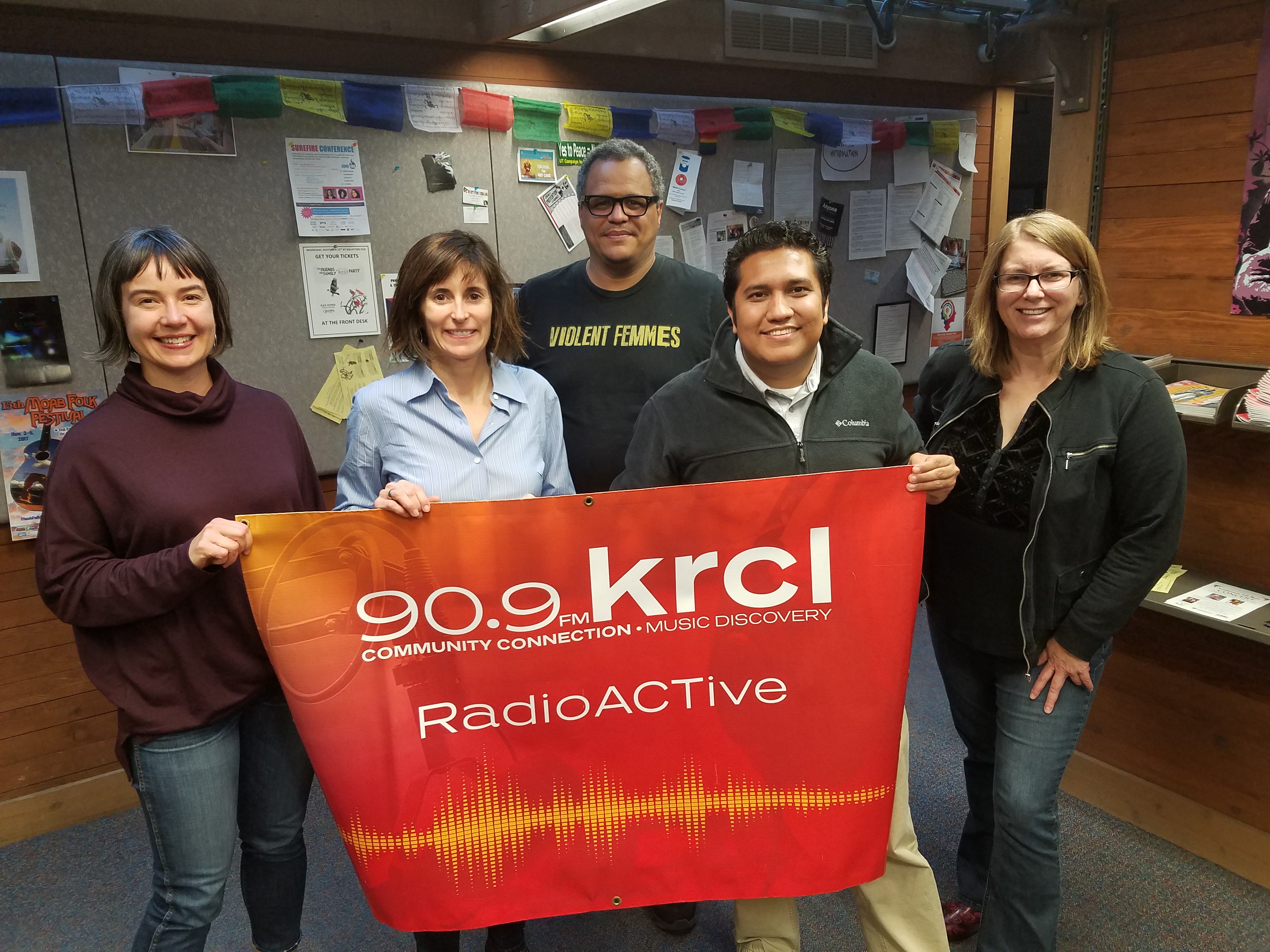 Miriah Meyer and Kerry Kelly talk with KRCL's RadioActive, hosted by Billy Palmer and Lara Jones, on Air Quality and You: Empowering Citizens Through Science.
Miriah Meyer and Kerry Kelly talk with KRCL's RadioActive, hosted by Billy Palmer and Lara Jones, on Air Quality and You: Empowering Citizens Through Science. Low-cost commodity sensors are changing how cities and citizens measure and manage air quality. Through a suite of projects at the U we are building infrastructure that will enable real-time, fine-grained estimates of air quality both inside and outside of homes across Salt Lake City. In this presentation we’ll talk about the science of air quality, the computational challenges of developing rigorous air quality estimates, and our efforts to engage with citizens across the city.
Listen to the discussion on RadioActive
Valerio and Kree Receive IEEE Visualization 15 Year Test of Time Award
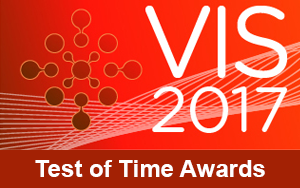 Congratulations to Valerio Pascucci and Kree Cole-McLaughlin on receiving the IEEE Visualization 15 Year Test of Time Award for their paper "Efficient computation of the topology of level sets."
Congratulations to Valerio Pascucci and Kree Cole-McLaughlin on receiving the IEEE Visualization 15 Year Test of Time Award for their paper "Efficient computation of the topology of level sets."Using topological approaches to analyze level sets from scalar field has been an important branch of methods in the SciVis community. While the theories of contour trees had been known prior to this paper, efficient and robust computation of contour trees and other topological features from a discrete data set has been a challenge. In this paper, the authors provided a detailed account of the implementation of contour tree computation. The improved efficiency and the enhanced feature namely the Betti number makes the topological approach more practical and accessible to the scientific community. Considering the citation counts, the importance of the work, and the potential impact to the application areas, the SciVis Test of Time award committee selected this paper as the 2002 SciVis Test of Time award winner.
Chuck Hansen Receives the 2017 IEEE Visualization Career Award
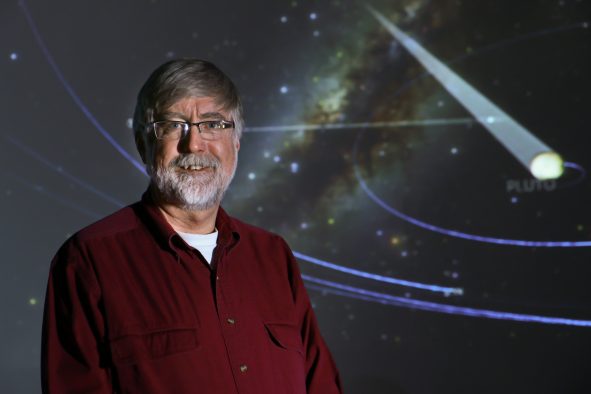 Congratulations to Charles (Chuck) Hansen, who received the 2017 IEEE Visualization Career Award. Dr. Hansen is received the award for his contributions to large scale data visualization, including advances in parallel and volume rendering, novel interaction techniques, and techniques for exploiting hardware; for his leadership in the community as an educator, program chair, and editor; and for providing vision for the development and support of the field.
Congratulations to Charles (Chuck) Hansen, who received the 2017 IEEE Visualization Career Award. Dr. Hansen is received the award for his contributions to large scale data visualization, including advances in parallel and volume rendering, novel interaction techniques, and techniques for exploiting hardware; for his leadership in the community as an educator, program chair, and editor; and for providing vision for the development and support of the field.Read the release from IEEE
2017 NERSC Award for Innovative Use of HPC
https://www.nersc.gov/news-publications/nersc-news/nersc-center-news/2017/nersc/
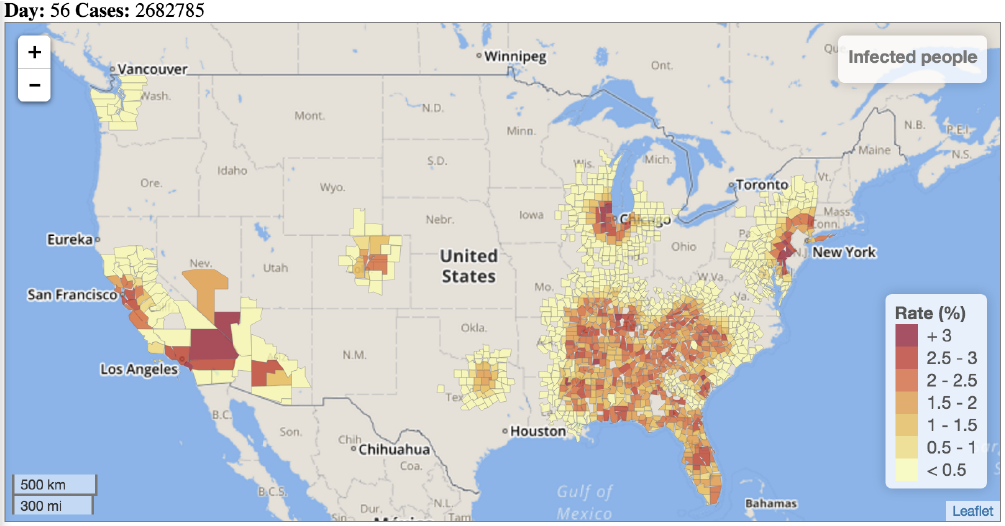
Driving Visualization at the SH/EAHP Workshop 2017
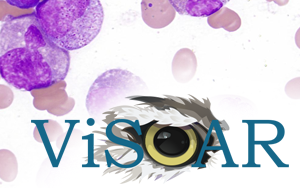 ViSOAR is set to drive the visualization for the 2017 Workshop on Molecular Genetics of Hematopoietic Neoplasms, September 7-9, in Chicago, IL.
ViSOAR is set to drive the visualization for the 2017 Workshop on Molecular Genetics of Hematopoietic Neoplasms, September 7-9, in Chicago, IL.The Scientific Computing and Imaging (SCI) Institute and the Center for Extreme Data Management, Analysis, and Visualization (CEDMAV), in collaboration with ARUP Laboratories and the University of Utah, Department of Neurobiology and Anatomy, have developed ViSOAR--a multi platform visualization application for accessing and processing very large imaging data.
SCI Acquires Nvidia DGX-1
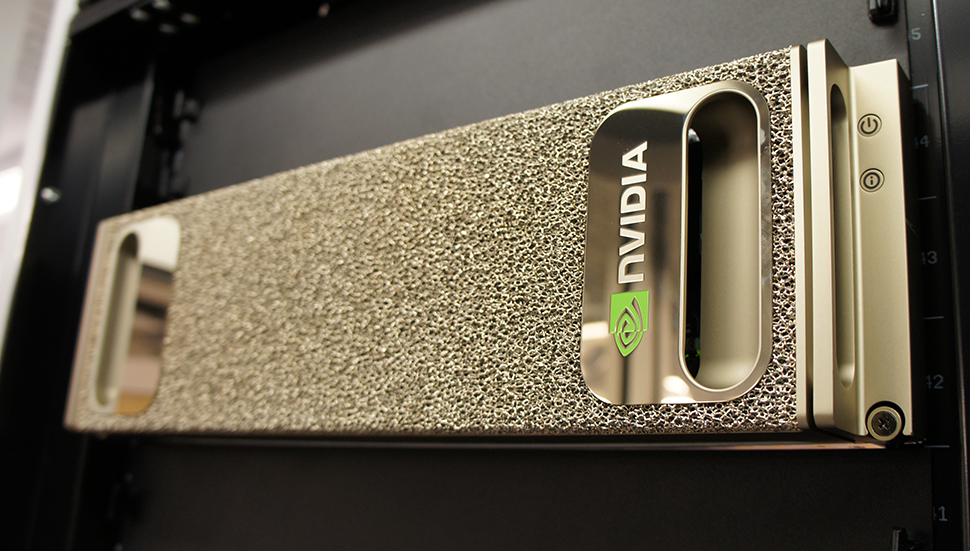 The SCI Institute, in partner with the School of Computing, is excited to announce the acquisition of an Nvidia DGX-1 deep learning system. This will be a shared resource that will be made available freely to all campus researchers interested in deep learning, machine learning and related areas.
The SCI Institute, in partner with the School of Computing, is excited to announce the acquisition of an Nvidia DGX-1 deep learning system. This will be a shared resource that will be made available freely to all campus researchers interested in deep learning, machine learning and related areas.Big data and machine learning are major factors shaping research and innovation now and will continue to be so in the foreseeable future. Deep learning represents the state-of-the-art in machine learning and data analysis.
Snapshots of Life: Muscling in on Development
Posted on July 27, 2017 by Dr. Francis Collins
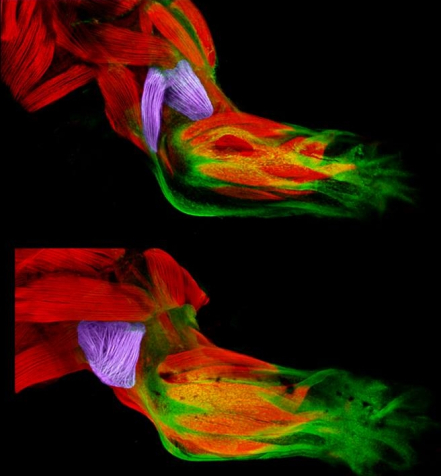 Twice a week, I do an hour of weight training to maintain muscle strength and tone. Millions of Americans do the same, and there's always a lot of attention paid to those upper arm muscles—the biceps and triceps. Less appreciated is another arm muscle that pumps right along during workouts: the brachialis. This muscle—located under the biceps—helps your elbow flex when you are doing all kinds of things, whether curling a 50-pound barbell or just grabbing a bag of groceries or your luggage out of the car.
Twice a week, I do an hour of weight training to maintain muscle strength and tone. Millions of Americans do the same, and there's always a lot of attention paid to those upper arm muscles—the biceps and triceps. Less appreciated is another arm muscle that pumps right along during workouts: the brachialis. This muscle—located under the biceps—helps your elbow flex when you are doing all kinds of things, whether curling a 50-pound barbell or just grabbing a bag of groceries or your luggage out of the car.
Research Initiative Seeks to Understand Neural Pathways in Deep Brain Stimulation
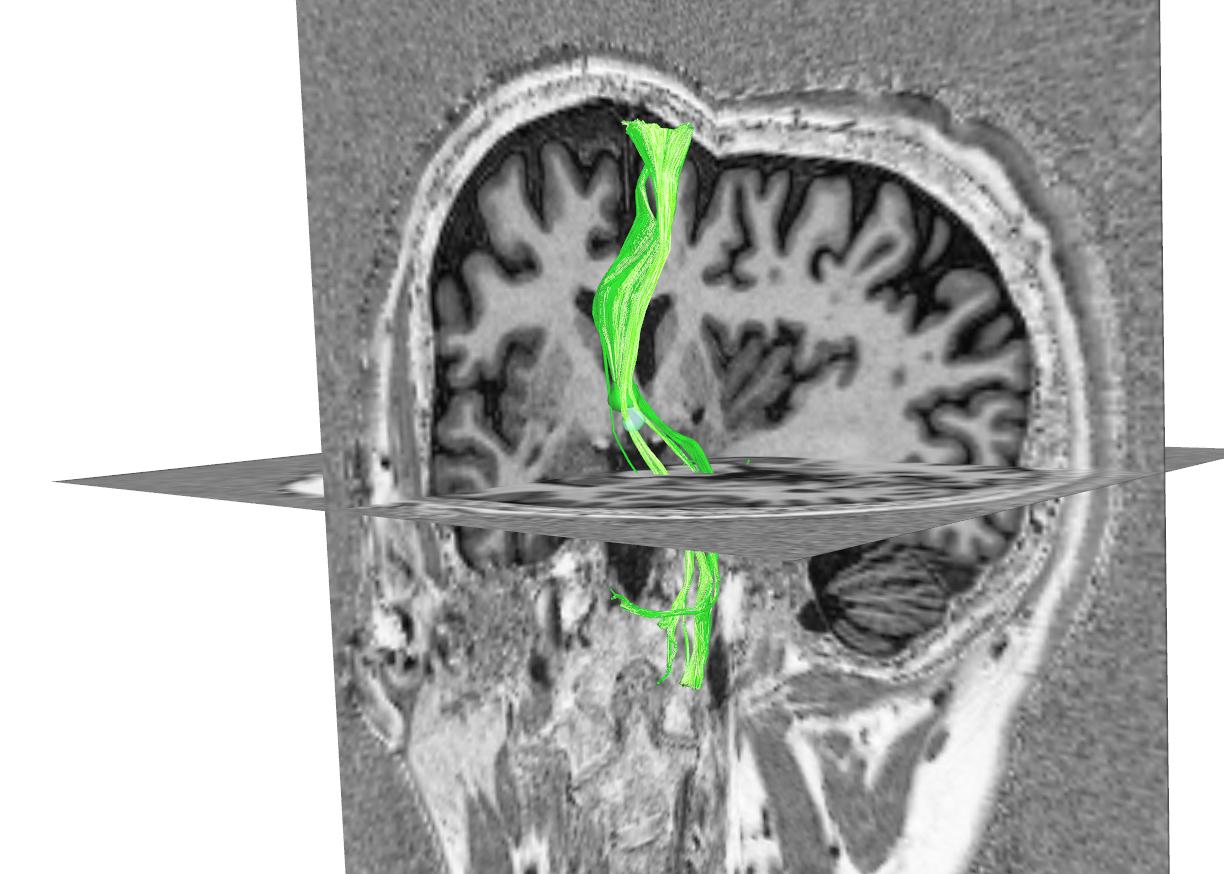 The University of Utah Neuroscience Initiative recently announced Christopher Butson, PhD, Associate Professor in Bioengineering and the Scientific Computing and Imaging Institute, was awarded funding for his project, "Differentiating Neural Circuits Modulated During Therapeutic Versus Ineffective Deep Brain Stimulation".
The University of Utah Neuroscience Initiative recently announced Christopher Butson, PhD, Associate Professor in Bioengineering and the Scientific Computing and Imaging Institute, was awarded funding for his project, "Differentiating Neural Circuits Modulated During Therapeutic Versus Ineffective Deep Brain Stimulation".
Miriah Meyer Interviewed at Women in Data Science 2017
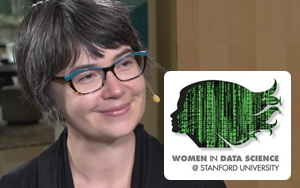 Miriah Meyer, Assistant Professor of Computer Science at University of Utah, sits down with host Lisa Martin at Women in Data Science 2017, at Stanford University in Palo Alto, California.
Miriah Meyer, Assistant Professor of Computer Science at University of Utah, sits down with host Lisa Martin at Women in Data Science 2017, at Stanford University in Palo Alto, California.
Mike Kirby Honored Among Top Researchers at the University of Utah
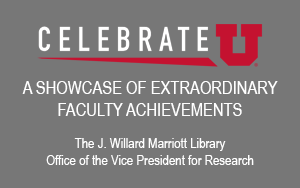 Mike Kirby has been chosen as one of two top researchers in the College of Engineering as part of the CELEBRATE U: A Showcase of Extraordinary Faculty Achievements event hosted by the J. Willard Marriott Library and the Office of the Vice President for Research.
Mike Kirby has been chosen as one of two top researchers in the College of Engineering as part of the CELEBRATE U: A Showcase of Extraordinary Faculty Achievements event hosted by the J. Willard Marriott Library and the Office of the Vice President for Research.




